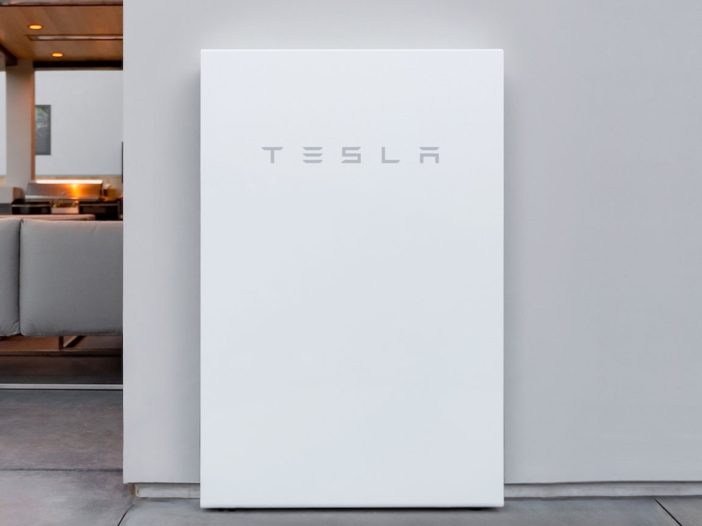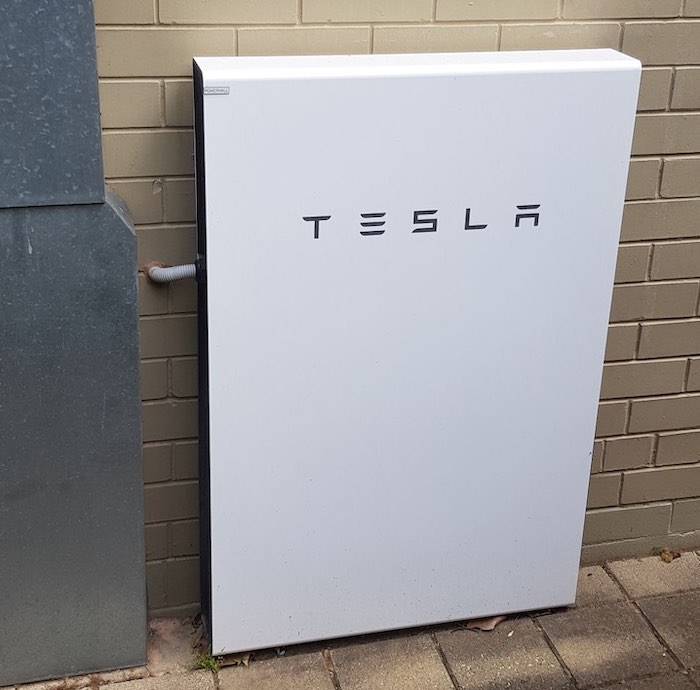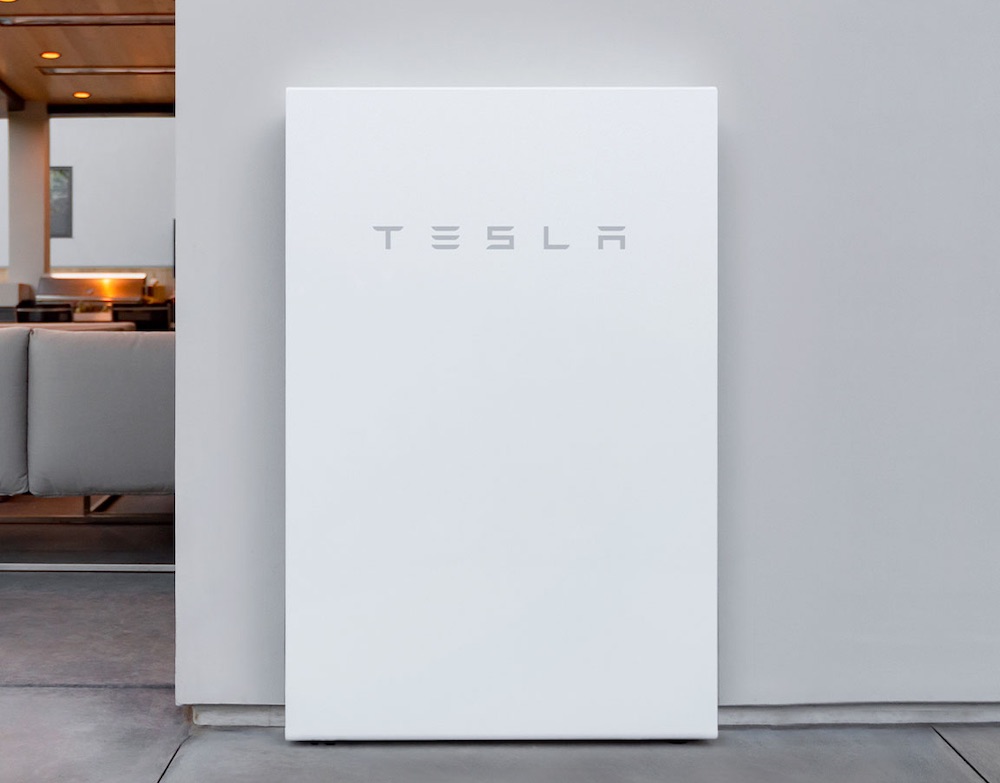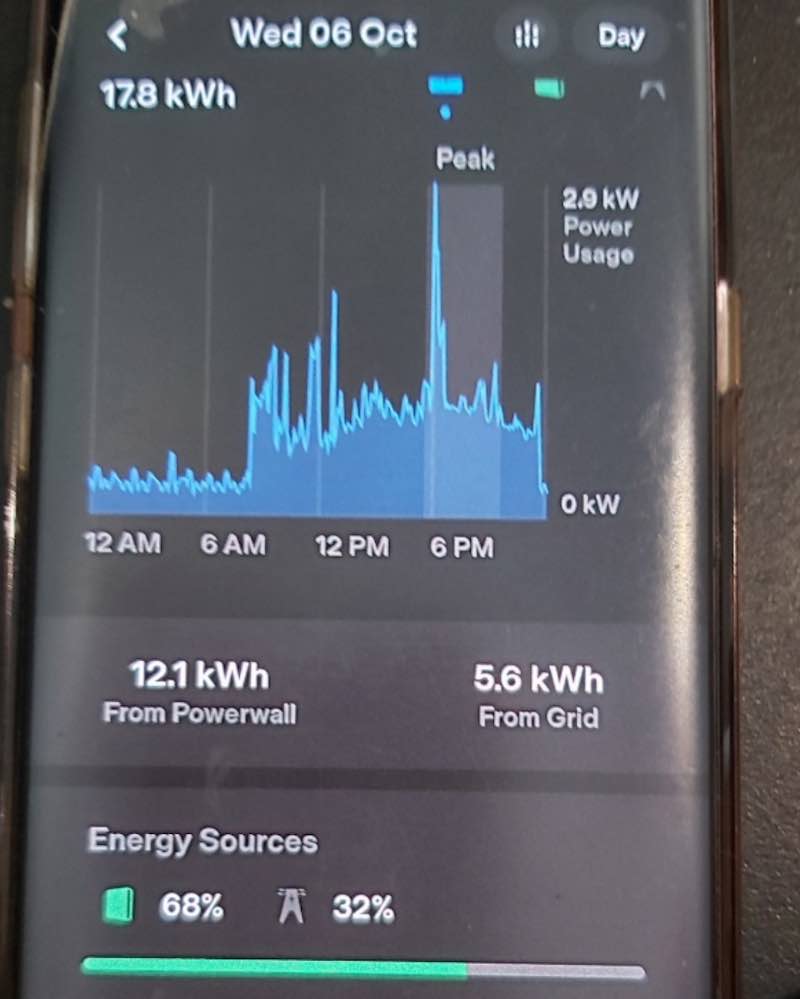
Robin Dutton’s journey to installing a Tesla Powerwall 2 battery at his home in South Australia, despite having no rooftop solar, started by happenstance. Well, happenstance with a twist of social media algorithms.
“We were with [another retailer] and I randomly saw the iO Energy thing on Faceboook,” he explains. “For some reason it caught my attention.”
“The iO Energy thing” was a post on the South Australia-based company’s Facebook page back in April last year reminding customers – and prospective customers – that they had just four days left to order a home battery before the state government rebate dropped from $6,000 to $4,000.
iO Energy, as One Step has reported here, is an energy-tech start-up that works with retailer Energy Locals to give South Australian customers – and in other states in the future – the opportunity to pay less for clean energy by becoming smarter consumers.
The company, which is headquartered at Adelaide innovation hub, Lot Fourteen, taps cheap wholesale market prices during the day to offer electricity for around 8c/kWh between the hours of 10am and 3pm.
This makes it particularly well suited to households or businesses “locked out” of rooftop solar, either for reasons of having an incompatible rooftop, or no rooftop at all.
It also offers a viable way for non-solar homes to enjoy the benefits of battery energy storage technology: store the cheap energy during the day, use it during the afternoon peak and at night.
Hence the Facebook reminder. For Dutton, a retired engineer whose heritage home’s rooftop can’t accommodate solar, the promise of cutting power bills by investing in a heavily discounted home battery was too good to pass up.
“So I put in the application and then did all my sums,” he told One Step Off The Grid.
“Part of iO Energy’s sales technique is to challenge customers, how much electricity do you think you can use between the hours of 10am and 3pm, when they charge 8c/kWh, compared to probably 34c/kWh that I was paying.”
This would not be such a challenge for Dutton and his wife, who are retired and at home a lot of the time. That said, they are also heavy users of electricity, averaging about 9-9,500kWh a year, which Dutton concedes is more in line with the average five person home.
After doing his sums, and making some spreadsheets, Dutton calculated that his household could get about 75% of its usage into that five-hour time slot and, by doing so, make some big savings on electricity.

So he went ahead and invested in a 13.5kWh Tesla Powerwall 2 – at a cost of $7,800 once the rebate was factored in – had the meter changed to a smart meter (no cost), and switched over to iO energy in the middle of September, 2020.
Since then, Dutton has found that the household has in reality been able to shift around 95% of its usage into iO Energy’s cheap power time slot. And on electricity costs – give or take some issues with the Powerwall being set to eastern standard time – the savings have been almost exactly as he projected.
“After we reset the Tesla battery to charge between the hours of 9.30 and 2.30, that brought my monthly estimates to within about a dollar or two of my calculations,” Dutton said. “Which means that each month I actually quite look forward to getting my electrciity bill.”
Dutton says his houshold’s bills, which were averaging at about $900 a quarter just before getting the battery, have now dropped to about $80 a month.
Based on the rates that he was paying before switching to iO Energy, this puts him $2,250 up in the first year. And he notes that iO Energy has just dropped its minimum rate from 8c to 7c and daily charge from $1.46 to $1.20, so he’s looking at monthly bills of $65-70 from here and expects to have paid of the battery in just three years.
All of that said, Dutton – like iO Energy, itself – is aware that this set-up is not the right fit for everyone, such as people who are out at work all day, or can’t avoid using large amounts of electricity at night, or have solar and export a lot to the grid.
“We’re probably like the Goldilocks: not too hot, not too cold, just right,” he says. “With just a couple of minor lifestyle changes – we probably wrap up in a blanket at night rather than turn the heating on – …it is working out brilliantly.”
The Powerwall 2 has also worked out to be just right for Dutton. “It’s 7c/kWh to charge up the battery and run most things in the house. Normally the battery gets to around zero just at the time when I start charging again. The size is just perfect for what we’re doing.”
And while not everyone is in the same boat, Dutton has calculated that for other households unable to install solar, it could be possible to get a return on investment on a home battery within five years with iO Energy, once you balance out falling subsidies against falling battery costs.
According to iO Energy co-founder and chief operations officer, Luke Morton, the most cost effective way getting the most out of their product is behavioural change. This could then be boosted by technology assisted behaviour change, and finally by behind-the-meter storage to provide peak protection for everything you aren’t able to shift in your lifestyle.
But he wants to stress that behaviour change around electricity use in the home is not as hard, or scary, as it may sound; you don’t have to be a retired engineer with a fondness for spreadsheets, for example.
“iO Energy is retailing energy with the help of Energy Locals, but we’re a cleantech start-up and increasingly we’re moving into these ways of helping customers,” Morton told One Step.
“Changing your energy habits is pretty easy to do without adding extra technologies,” he adds. “It’s like recycling, which people have learned to do without any personal benefit. This is just as easy, but with a personal benefit.”

Sophie is editor of One Step Off The Grid and deputy editor of its sister site, Renew Economy. Sophie has been writing about clean energy for more than a decade.





